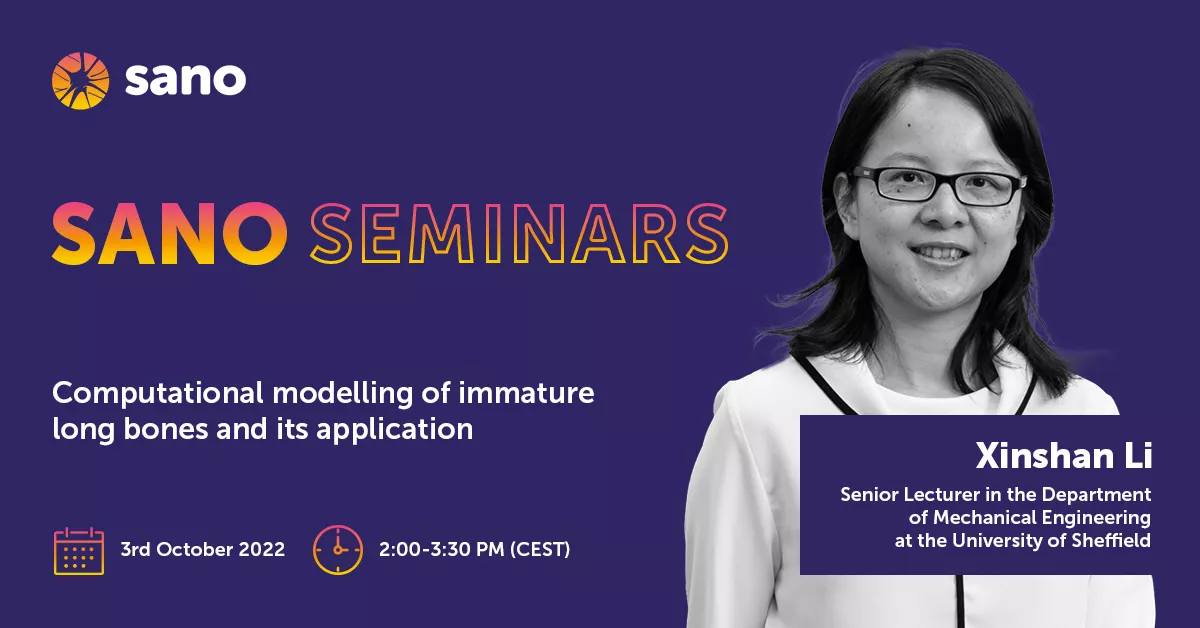
74. Computational modelling of immature long bones and its application
Xinshan Li – University of Sheffield, UK
Abstract
In this talk, I will give an overview of the history of research on paediatric bone, from early pioneer half a century ago, to the latest work using modern medical imaging technologies and computational modelling methods. The challenges in modelling immature bone will be discussed. The computational modelling work will be linked to the clinical application related to the diagnosis of infant fracture with respect to child abuse. One particular clinical debate around spontaneous humeral fracture will be used to illustrate the ability of this powerful approach, which has enabled us for the first time, to provide quantitative evidence on clinical diagnosis. I will finish my talk with recent works using digital image correlation (DIC) in order to validate this modelling approach on immature lamb bone.
About the author
Xinshan Li is a senior lecturer in the Department of Mechanical Engineering at the University of Sheffield. She obtained her PhD in 2011 from the Auckland Bioengineering Institute (New Zealand). Dr Li’s research focuses on the biomechanics of bones and soft tissues using personal-specific finite element models. Her pioneering work on children’s bone started in 2013, in collaboration with the Sheffield Children’s Hospital and Great Ormond Street Hospital (London). The project was one of the four pillars in the EPSRC-funded multimillion-pound MultiSim project. Dr Li chaired a session on “Multiscale biomechanics of paediatric musculoskeletal diseases” during the 8th World Congress of Biomechanics. Dr Li’s research has been funded by EPSRC, EU (H2020), UK Charity and the industry. Her work was featured in BBC radio interview (2013) and media release (2018). Dr Li was the finalist for the Asian Women of Achievement Awards (Science category) in 2020.

